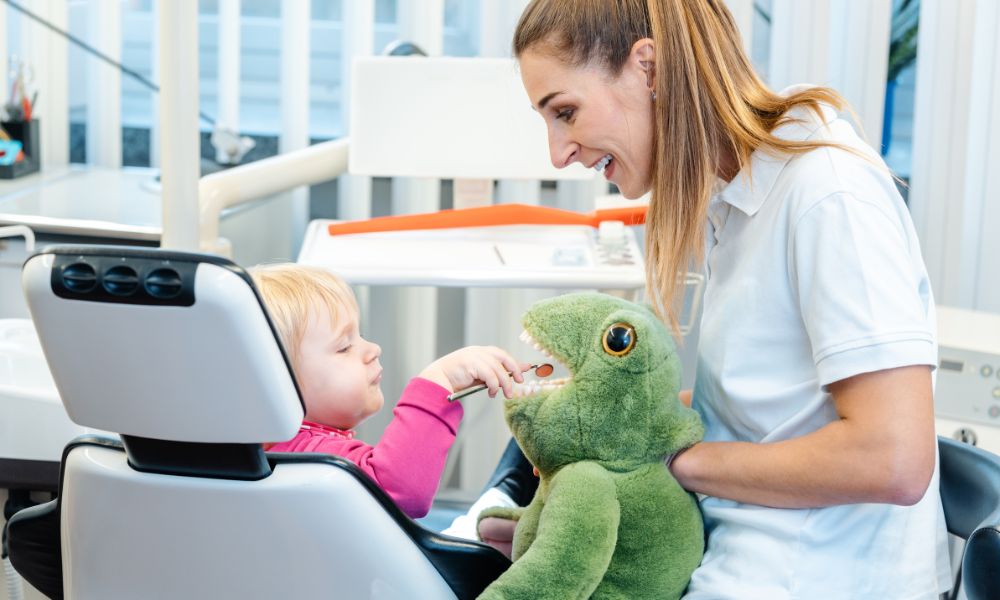Pediatricians have banned bumpers, stuffed animals, pillows, and even baby blankets from cribs because these soft items have been found to increase the risk of SIDS (sudden infant death syndrome). The cause of SIDS remains unknown, but it may have something to do with a baby’s developing ability to wake up when breathing becomes difficult. So, when can babies sleep with blankets?
Deaths from SIDS have fallen since public service campaigns began recommending that babies be put to sleep on their backs. However, soft items such as stuffed toys, pillows, and blanket in the crib can block a baby’s nose and mouth. Generally, pediatricians recommend that parents not give their babies blankets or any other soft objects in the crib until they are one year old.
However, age alone may not define readiness for a blanket. Every child develops at a different rate; their ability to raise their heads and roll over independently may be factors. Other considerations include a blanket’s weight (no weighted blankets), breathability (lighter, more breathable fabrics such as muslin are preferable), the size of the blanket (long or large blankets that can tangle around a child pose strangulation or suffocation risks), and any ribbons, strings, or decorations on a blanket (these can be strangulation or choking hazards).
All these rules about babies and blankets can be confusing to new parents, especially since one of the first things they learn at the hospital is how to swaddle their baby in a receiving blanket. Doctors say that swaddling for up to one month is acceptable as long as the parent places their baby on their back to sleep on a firm surface with no soft items. Furthermore, the swaddling shouldn’t be so tight that the infant can’t move their legs. Tight swaddling is associated with hip development problems, and swaddling blankets that come loose are still hazards. According to the American Academy of Pediatrics, swaddling should stop as soon as the baby begins to roll over.
If a baby isn’t ready for a blanket, they can still be warm and cozy. New types of sleepwear, including pouches and sleep sacks, can keep baby warm while reducing the danger of loose, soft items in the crib. These garments keep baby warm while keeping the arms free and the head uncovered and giving the legs room enough to move.
Consult your pediatrician for more information about safe sleep habits for infants. Your child’s doctor should be able to provide more specific advice about when your baby can sleep with a blanket.






